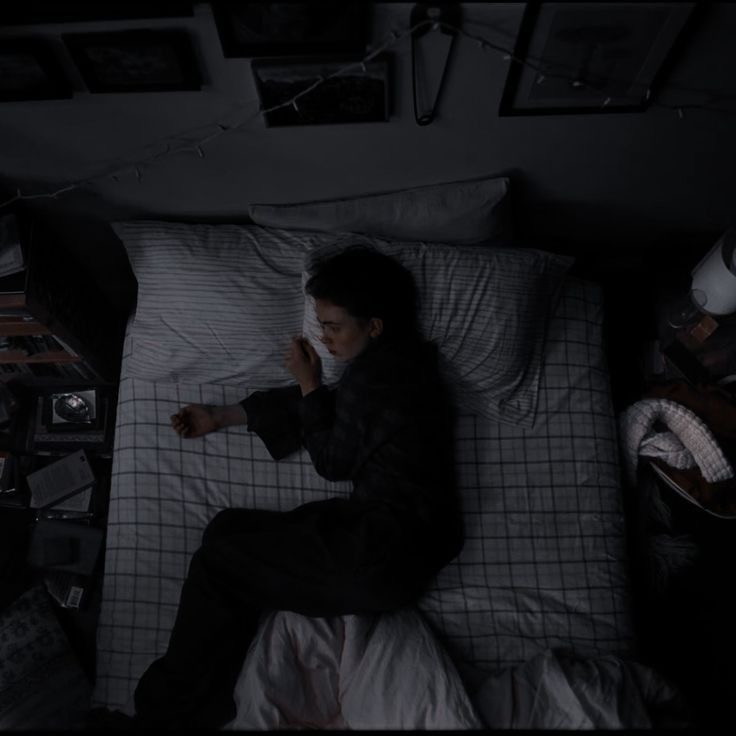What is “Bed Rotting” or “Hurkle Durkling”?

You may have heard the term “bed rotting” — a viral phrase that paints a picture of someone curled up in bed all day, binge-watching shows, scrolling endlessly on their phone, surrounded by snacks, candles, and silence. On the surface, it might seem like laziness, indulgence, or even trendy self-care. But for many, this isn’t a restful retreat. It’s a trauma response.
It refers to a state in which a person spends excessively more time on the bed just scrolling or doing nothing for much longer hours than their usual sleep or rest time. It could be seen in clinical depression because of its symptoms like sadness, disinterest and loss of energy. Sometimes it can be seen as the person is resting and healing, however it may also be because of increasing severity of depression. And the person might have given up in front of the depressive symptoms. Starting small and taking baby steps on a regular basis helps one get out of it.
Behind closed doors and drawn curtains, bed rotting is often the body’s way of saying, “I don’t feel safe anywhere else.”
It’s Not Laziness — It’s the Freeze Response
When we talk about trauma, we often picture fight or flight — the visible signs of panic or escape. But the freeze response is just as real, just as physiological. It’s the nervous system’s instinctive decision to shut down in the face of perceived danger.
For some, that danger is constant — rooted in past experiences, ongoing stress, mental health struggles, or emotional exhaustion. The bed becomes a cocoon where the world stops making demands. Where stillness equals safety.
People who are “rotting” in bed aren’t choosing inactivity because they’re unmotivated. They’re choosing it because their nervous systems are overwhelmed. They’re choosing it because their bodies are whispering, “Stay here. This is the only place we feel okay.”
The Illusion of Comfort
They light a candle. Put on a comfort show they’ve already seen a dozen times. Scroll for hours through feeds and reels. Not to relax — but to numb. To quiet the chaos inside without completely unraveling. To delay the emotional collapse that always seems a breath away.
This isn’t about comfort. It’s about survival. It’s the nervous system doing its best to cope with what feels unbearable.
And the hardest part? Many people don’t even realize that what they’re experiencing is a trauma response. They might blame themselves — call it laziness, beat themselves up for being “unproductive,” or wonder why rest doesn’t actually feel restful anymore.
A Gentle Way Forward
If this feels familiar — if you’ve found yourself stuck in your bed, unable to face the world — know this: you’re not broken. You’re responding exactly the way a body responds when it feels unsafe.
And the path out doesn’t have to be drastic. Healing rarely is.
Instead of trying to fix everything at once, focus on one small shift.
- Drink a glass of water.
- Crack open a window and let the air in.
- Respond to just one message.
- Step outside for a few minutes — even if it’s just to the doorstep.
These small acts aren’t about productivity. They’re about regulation. About slowly showing your nervous system that the world beyond your bed doesn’t always have to be a threat.
Recovery from trauma isn’t linear. It’s not always dramatic. Sometimes, it looks like brushing your teeth after three days. Sometimes, it’s making it from the bed to the couch. And that matters. Every small movement is a message to your body: We’re safe enough to try.
So if you’re still in bed — still frozen — be gentle with yourself. You’re not lazy. You’re not failing. You’re surviving. And with time, safety can be built, little by little, from the inside out.



Comments (0)